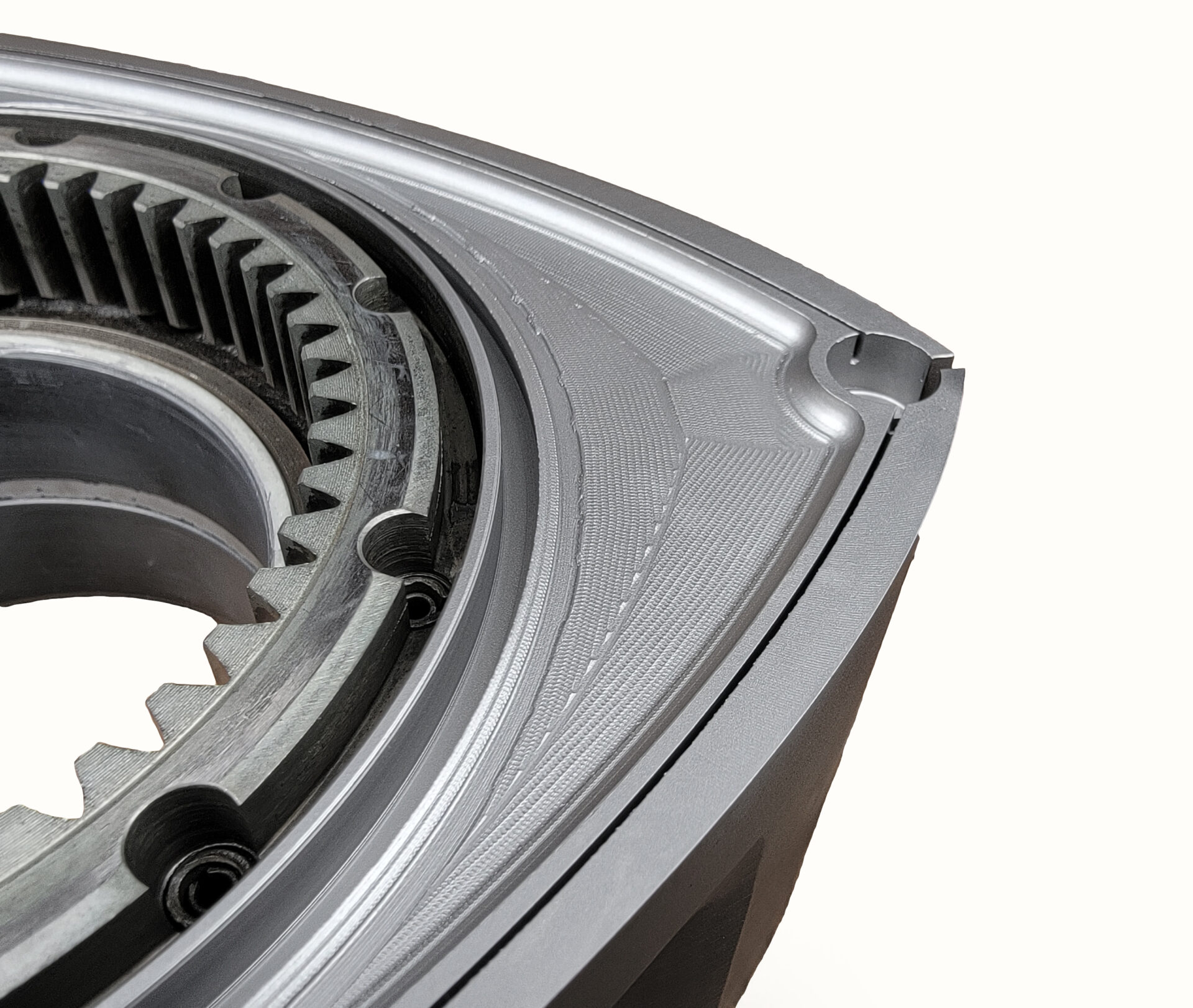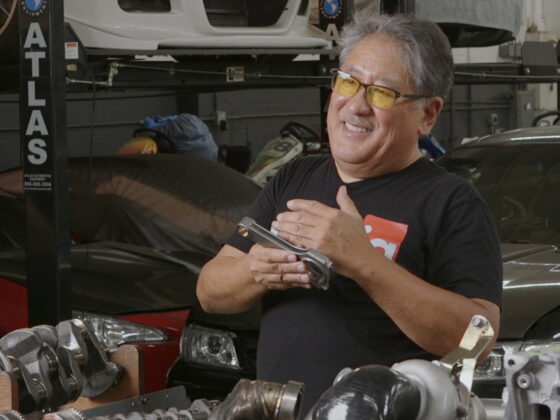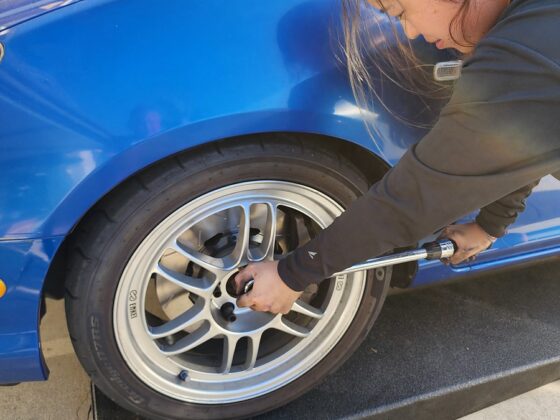 The first step was to make a rotor mounting fixture to hold the rotors during machining. This was done out of a block of 6061 aluminum.
The first step was to make a rotor mounting fixture to hold the rotors during machining. This was done out of a block of 6061 aluminum.
 The rotor was then bolted down and ready to be machined.
The rotor was then bolted down and ready to be machined.
 The DMU 50 went to work machining out the turbo-specific lightening program.
The DMU 50 went to work machining out the turbo-specific lightening program.
 Milling out these lightening pockets on each lobe of the rotor greatly reduces the overall weight and reciprocating mass of the rotor. Since these are cast iron rotors, removing even a little bit of material makes for a big difference in weight, which is very important for our high rpm use.
Milling out these lightening pockets on each lobe of the rotor greatly reduces the overall weight and reciprocating mass of the rotor. Since these are cast iron rotors, removing even a little bit of material makes for a big difference in weight, which is very important for our high rpm use.
 To finish off the machining, we side clearance the rotor by grinding down the side face of the rotor roughly 0.006” (depending on the original width of the rotor) while the center gear land was left untouched. Reducing the overall width of the rotor is crucial for a high-powered street or racing engine to prevent the rotor face from striking the side irons as the rotor wobbles and the block twists from heavy load.
To finish off the machining, we side clearance the rotor by grinding down the side face of the rotor roughly 0.006” (depending on the original width of the rotor) while the center gear land was left untouched. Reducing the overall width of the rotor is crucial for a high-powered street or racing engine to prevent the rotor face from striking the side irons as the rotor wobbles and the block twists from heavy load.




20 comments
I wonder what Rob Dahm would make it this!
He’s up to date and actually helped originally set up the ECU for this build: https://www.youtube.com/watch?v=2HLwZudQRHk
Sweet!
Was figuring out where this was in the timeline.
The video with Rob was around Part 9, then a standalone ECU was put in the car with a datalogger to get some baseline data on a relatively stock engine. Unfortunately the heater hose that was used as a fuel line by the shop who installed this engine was loose and caught the engine on fire. So between Part 11 and Part 12 is over a year of work upgrading the suspension and drivetrain that will be rolled out here shortly.
Billy, this series is amazing! I keep looking at importing a later JDM model RX7 and part of that research is reading this FD series over and over again. I am scared at the bill for buying and building a rotary, but this series will show everyone how to do it right!
Thanks for the feedback! Just do some safety and reliability-related modifications and enjoy the car! We will be doing articles on those items like the fuel and cooling systems which are crucial for rotaries – also to prevent fires like what happened to my car.
has anyone explored porting/smoothing the casting inside the rotor face (see the very last image)
That would make no difference in anything. except for possibly reducing heat transfer out of the rotor which is not good.
I believe Racing Beat went a step further and removed material and weight from inside the rotor. FWIW, Mazdatrix does not do this and removes weight from the outer side face of the rotor like most shops do. I’m sure removing material from inside the rotor has its merits/advantages; possibly driven by rulebooks in racing.
Great post! But…It’s Rotating Mass, not Reciprocating Mass.
It is a complex mix of both!
Would it be worth it to cryo/WPC treat the side housings?
I think so.
We will be covering that in an upcoming article. In short: YES
Wait, are you going to do a balancing after the machining ? Pretty sure it’s off now.
The rotor were balance from factory.
That is explained in the story!
Following from Japan.
Its great to see a serious build where the focus is on building a highly efficient rx7. I wish we had WPC in NZ… im taking my rotary parts to Japan to get them done.
Thank you Mike and Billy.
This is about as efficient as a rotary can get, it’s an engine with a very high VE but low TE.
Hi, just confused at the completed rotor after CTP cryogenics and the WPC treatment.
The photo does not show any balancing machine work, that is usually done to the rotor faces.
The rotors were lightened and matched in weight to each other to the gram. This lightening removed the factory balancing machine work, which is discussed on page 1. The e-shaft is then balanced to the weight of the rotors. After the e-shaft is balanced to the rotors, the e-shaft and rotors were cryo and WPC treated, so there was no machine work after WPC treatment.